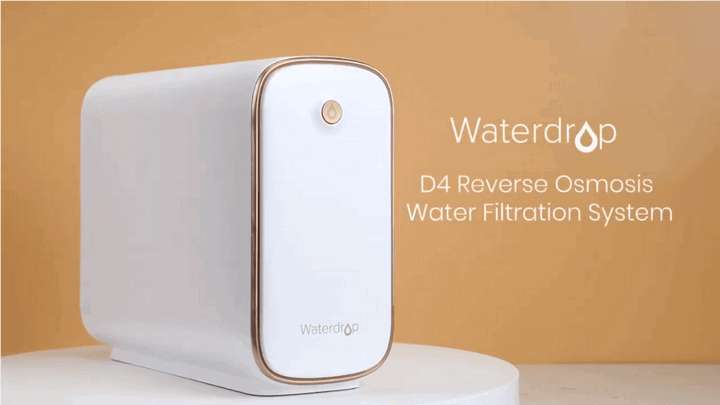In 2021, half a year has passed, yet people still feel “magically unreal.” Everything in apocalyptic movies is happening in the real world. The earth seems to have activated hell mode. No one seemed to worry about the tragedy at first. It was merely a wildfire, a drought, the loss of a species, the demise of a city that most people thought unimportant until it became significant to everyone.
Climate Change Widespread
According to climate change research published in Progress in Science, warming may affect future weather and worsen more than we anticipate. Some may believe that global warming is a myth with no relevance to our everyday lives. For decades, people have debated the issue all across the world. The most intuitive sensation is that the living conditions are becoming hotter and harsher. But one thing is certain: there is no winner after the gunfire.
Temperatures rise gradually as a result of global warming, with glaciers and permafrost melting the most directly. Earlier this year, the temperature in Antarctica surpassed 20 degrees Celsius. Antarctica was hit by a week of “severe heat.” The initial white snow has clearly turned into a severe scenario – a patch of blood-red.
Venice Flooding
On Sunday, the Laguna di Venezia, a lagoon at the northern end of the Adriatic Sea home to Italy’s famed water capital, saw an unusual summer flood that drowned the city’s iconic SAN Mark square to a depth of one meter. The aqua Alta floods occurred in November 2019 and cost hundreds of millions of euros in damage in the region; A unusual summer storm in Venice flooded the renowned St. Mark’s Square in one meter of water overnight on August 9. Also Read: How Global Warming Is A Threat to Water Resources
The Effects of Climate Change on Water Shortages
If global temperatures increase, rainfall will become a beast of extremes, with extended dry periods here, deadly floods there, and severe water shortages in certain places. The World Health Organization predicts that by 2025, half of the world’s population would be living in water-stressed areas.
“Rainfall is somewhere between beautiful and a nuisance,” said hydrologist Steven Gorelick, director of Stanford’s Woods Institute for the Environment’s Global Freshwater Initiative. “It’s not something you immediately drink.” When water supplies run out, it’s typically a slow-moving tragedy, with consequences that build up – and linger – for years until rainfall rates appear to return to normal. As a result, according to Gorelick, “there’s a concise memory of the last drought.”
When individuals do not have adequate water for sanitation and handwashing, respiratory and gastrointestinal diseases spread more quickly. Food safety can also be impacted: when soils dry up and become compacted, rain is more likely to flow off the top and bring pollutants to crops rather than absorb them into the ground.
How to Access Clean and Safe Water In Flooding

Water is forced through small pores in all membrane systems; depending on the pores, various particles can either flow through or are washed away in wastewater. The ultrafiltration pore size, one membrane technique, eliminates numerous microorganisms but does not remove most chemicals. Waterdrop Reverse Osmosis ( RO) systems depend on a thin film membrane that eliminates particles larger than 0.1 nm (a nanometer is one-billionth of a meter). This produces immaculate drinking water devoid of microbiological and chemical contamination and heavy metals and radionuclides. Because of the possibility of small flaws in and around the membrane, removing all of these particles cannot be approximated at 100%, but RO establishes a high standard.

